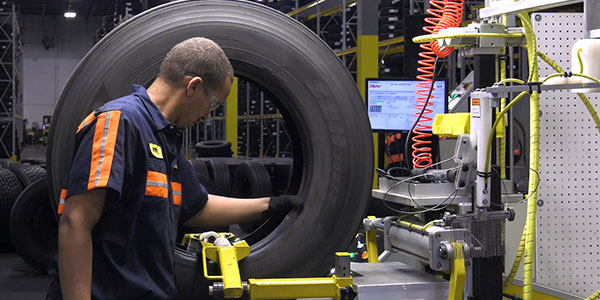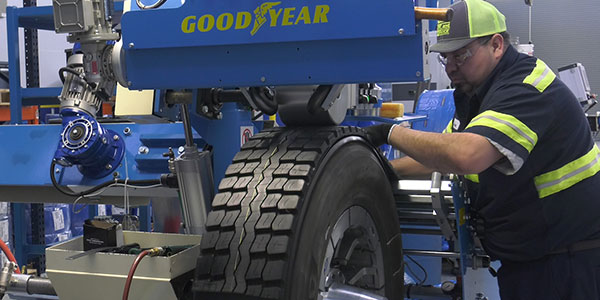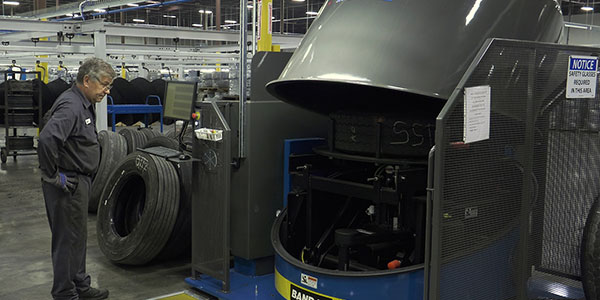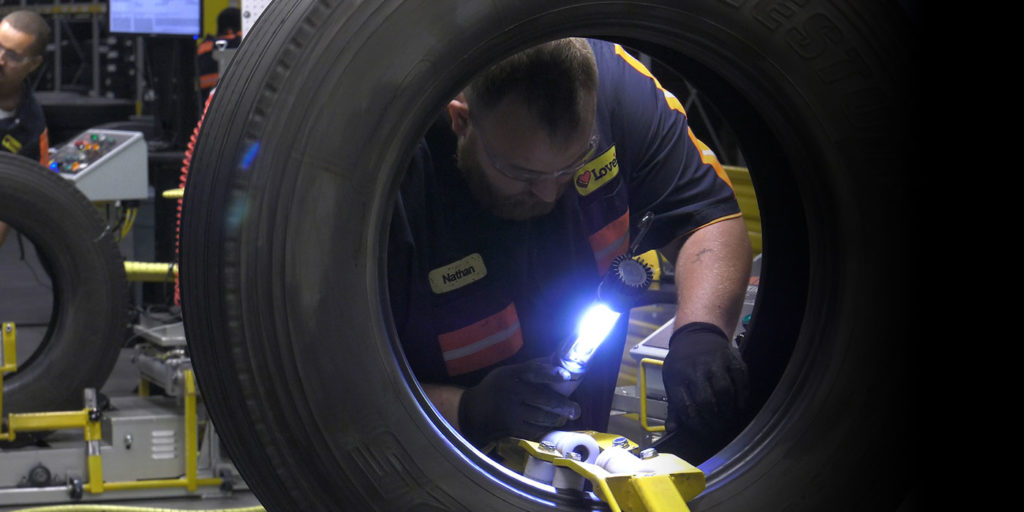As the curtains closed on 2019, retreading companies were feeling generally optimistic about their expectations for the new decade. The U.S. retread industry was in the upswing, bouncing back from a challenging few years in the commercial truck tire sector, and all signs pointed to continued progress, says David Stevens, managing director for the Tire Retread & Repair Information Bureau (TRIB).
“With tariffs and anti-dumping duties in place on most truck and bus tires imported into the U.S. from China, the retread industry grew slightly in 2019. The industry was well-positioned to continue that growth in 2020 as retreaders continued to demonstrate tremendous value for their customers,” Stevens says. “Then, COVID-19 hit and, along with everyone else, the retread industry had to adjust to a new reality.”

In some ways, retreaders have had a leg up on many other industries navigating today’s business environment. Of course, the transportation industry and companies that support it were given the advantage of being deemed essential early on. The various phases of the retreading process and the way retread plants are configured typically creates enough space for workers to come to work and do their jobs safely. And, many retreaders have a diverse group of customers; for example, while busing fleets have been hit hard by COVID-19, the waste industry continues to grow, Stevens explains.
Plus, while consumers were delaying automotive service for months, demand on the commercial truck tire side of the business remains strong. Recent data by Decisiv shows heavy-duty trucks hit over 68,000 service events in the third week of August – the most since March. In fact, Stevens says, last-mile delivery demand is soaring, as more people are staying at home and ordering products (Decisiv did not specifically measure last-mile delivery service numbers, but last-mile demand reverberates upstream to overall freight demand). This has led to many TRIB members reporting seeing business growing again, even approaching 2019 levels in some cases.
“In speaking with our retread members, it’s challenging to come up with a one-size-fits-all determination of how the industry is doing as so many of the impacts of the virus are felt region-by-region and customer-by-customer,” Stevens says. “Having said that, it looks like the commercial truck tire retread industry is down between 5 and 10% year-to-date compared to this point in 2019.”

Despite their initial advantages in the marketplace, retreaders were still forced to adapt to survive the pandemic like everyone else. Stevens says retreaders had to take a hard look at how they best used their human resources and technologies. Creating online training tools for employees and customers, redesigning plant layouts for safety and efficiency and exploring more automated machinery have all been common adaptations in the industry, Stevens says.
Customers’ wants and needs have changed, too.
“In addition to the opportunity for business analysis, change can bring unintended consequences. One unintended consequence we’ve heard about from a few of our members is their customers’ renewed focus on supporting their local community and their local retreader,” Stevens says. “As millions have lost their jobs and communities have united to get through this pandemic, retread customers are asking more questions about the supply chain. ‘Where were these tires manufactured or retreaded? Where did the supplies come from for the tire repairs you’re doing? How about the materials used in the retreading process?’ Customers seem more focused these days on supporting local manufacturing, local jobs and their local community when they are spending their hard-earned dollars.”

Stevens says TRIB’s members are cautiously optimistic about the remainder of 2020, but still believe they won’t be able to make up all the lost ground by year-end.
“With any major change, there are opportunities to look at your business with fresh eyes, and retreaders have always been efficient in managing costs and are constantly fine-tuning their manufacturing process to deliver speed without sacrificing quality,” he says.














